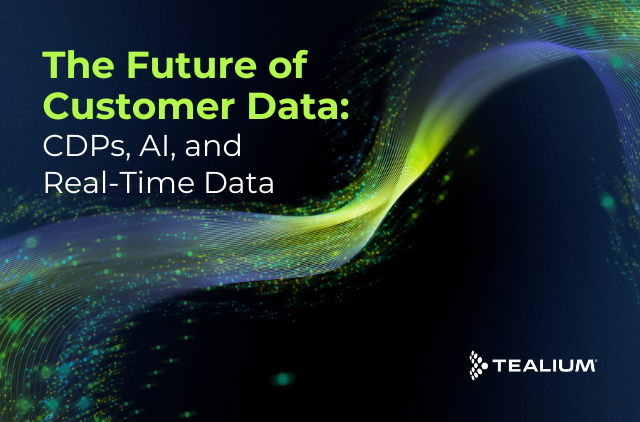Welcome to the world run by first-party data.
Oh sure, companies have always had first-party data— customer names and such— but the data strategies have often been minimal, at best. For most companies, first-party data lives and dies in the CRM, as it lacks the extensibility of third-party data. There’s a variety of reasons that third-party data has long been the king of the marketing realm.
The first is that third-party data has long been the currency of top-of-funnel marketing like display advertising. As display advertising matured in the era of big data, the relatively cheap availability of third-party demographic data offered a way for marketers to build personas for their targeted advertisements. But in reality, while third-party data is (err— was) widely available; buying and using it only brings you to parity with your competitors, as they’re likely buying the same data sets you are. As marketing budgets tighten and consumers pull back spending, a fear of wasteful ad spending will bring first-party data to the fore of display advertising strategies.
The second is that there was never really any urgency to develop a first-party data strategy. Sure, first-party data was being collected, but few CMOs have been incentivized to find ways to maximize the value of their first-party data. That’s all changing, of course, and at the right time, as the technologies that make first-party data truly powerful like CDPs and machine learning are becoming increasingly accessible and functional for business users.
As marketing budgets tighten and consumers pull back spending, a fear of wasteful ad spending will bring first-party data to the fore of display advertising strategies. #CDP Share on X
Lastly, of course, there was never any reason not to use third-party data. But the arrival of data privacy regulations like the EU’s General Data Protection Regulation and the California Consumer Privacy Act are making third-party data dependent strategies more challenging. On top of that, companies are facing more scrutiny over how they handle consumers’ data. High-profile data leaks and misuses are eroding consumer confidence and making them less likely to opt-in to sharing their personal data, at a time when consumers want to share their data to have a more personalized experience.
But all of this is changing, and it’s time for you to change your data strategy to prioritize the use of first-party data throughout your marketing funnel— and to create a process for meeting the demands of consumers who want companies to be better stewards of their personal data.
Switching to a First-Party Data Strategy
The future of the customer experience rests on what data consumers are willing to hand over, and the strategies that companies use to maximize the value of this first-party data.
Companies are being squeezed from two sides: the imperative to provide top-notch privacy and the demands of consumers who want personalized interactions. To navigate these new driving factors, companies need to adopt a first-party approach that addresses both.
That’s why we wrote our latest eBook, It’s Time to Change Your Data Strategy: Shifting to First Party Data for a Better Customer Experience. In it, we discuss how these challenges are shaping the way companies use data, we break down the difference between first and third-party data (plus zero and second-party data), and walk you through the use cases you could achieve with a first-party data strategy and a customer data supply chain anchored by a Customer Data Platform.
Building a first-party data strategy doesn’t mean that third-party data is suddenly gone. You’ll likely use third-party data to enrich your top-of-funnel campaigns. However, building a first-party data strategy now delivers both short and long-term benefits, such as:
- Getting your “data house” in order to comply with current and forthcoming privacy regulations
- Overcoming the devaluation of third-party cookies thanks to changes to browsers
- Creating a sustainable and constantly improving customer database
- Setting the stage for customer experience insights from machine learning
- Delivering a consistent customer experience across the entire organization.
There’s value up and down the organization with a first-party data strategy that is backed up by a Customer Data Platform. While new technologies and new regulations might be stressful at first, but a world run by first-party data doesn’t need to be scary if you start with our latest eBook!

See how a first-party data strategy can help you overcome the challenges of personalization and privacy!
Download Now






